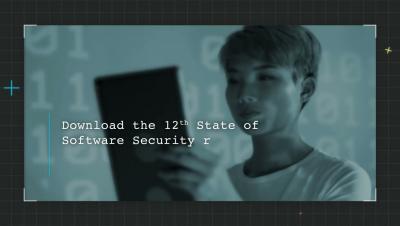Security | Threat Detection | Cyberattacks | DevSecOps | Compliance
June 2022
AppSec Decoded: A holistic approach to your AppSec program | Synopsys
Celebrating one year of Rapid Scan Static
Six Steps to Achieve Zero Trust in Application Security
The continuing escalation in cyberattacks on large corporations, coupled with an acceleration of digital transformation, has forced organizations to reassess their security strategies and infrastructure. This escalation has driven growth in the adoption of zero-trust application security and compliance. The zero-trust approach means that no devices or software should be trusted by default, even if they have permissions and previous verification.
What Are the Most Prevalent Flaws in Your Programming Language?
A few months ago, we released our 12th annual State of Software Security (SOSS) Report. In our announcement blog, we noted new application development trends (like increased use of microservices and open-source libraries), the positive impact that Veracode Security Labs has on time to remediate security flaws, and the increased use of multiple application security scan types. But what we have yet to dive into is the security flaws we found in different programming languages.
Enterprise applications run your business, so how can you secure them?
We are Mend - Company celebration of rebranding from WhiteSource Software to Mend
Taking Charge of Application Security
AppSec Decoded: Building Security into DevOps Part 1| Synopsys
Veracode SoSSv12
Why end-to-end visibility is critical to secure your apps in a serverless world
Developing Secure Software With Confidence
Software development and security often have separate challenges and concerns. Developers are worried about pushing software to production in a timely manner. Security teams worry about the security of the code being pushed. Veracode offers a solution that meets the needs of both sides. On Peerspot, where Veracode is ranked number one in application security, users discuss how Veracode enables them to build an advanced application security program.











